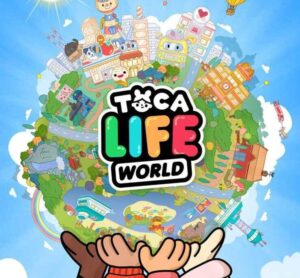Playing Devil’s Advocate: Why Marvel Rivals’ Controversial Monetization Model is a Necessary Evil
Popular Now
 Brawl Stars
Brawl Stars
 EA SPORT FC 25
EA SPORT FC 25
 CarX Street
CarX Street
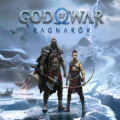 God of War Ragnarök
God of War Ragnarök
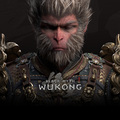 Black Myth: Wukong
Black Myth: Wukong
 FIFA 23
FIFA 23
 NBA 2K24
NBA 2K24
 Genshin Impact
Genshin Impact
 Rust
Rust
 Toca Boca World
Toca Boca World
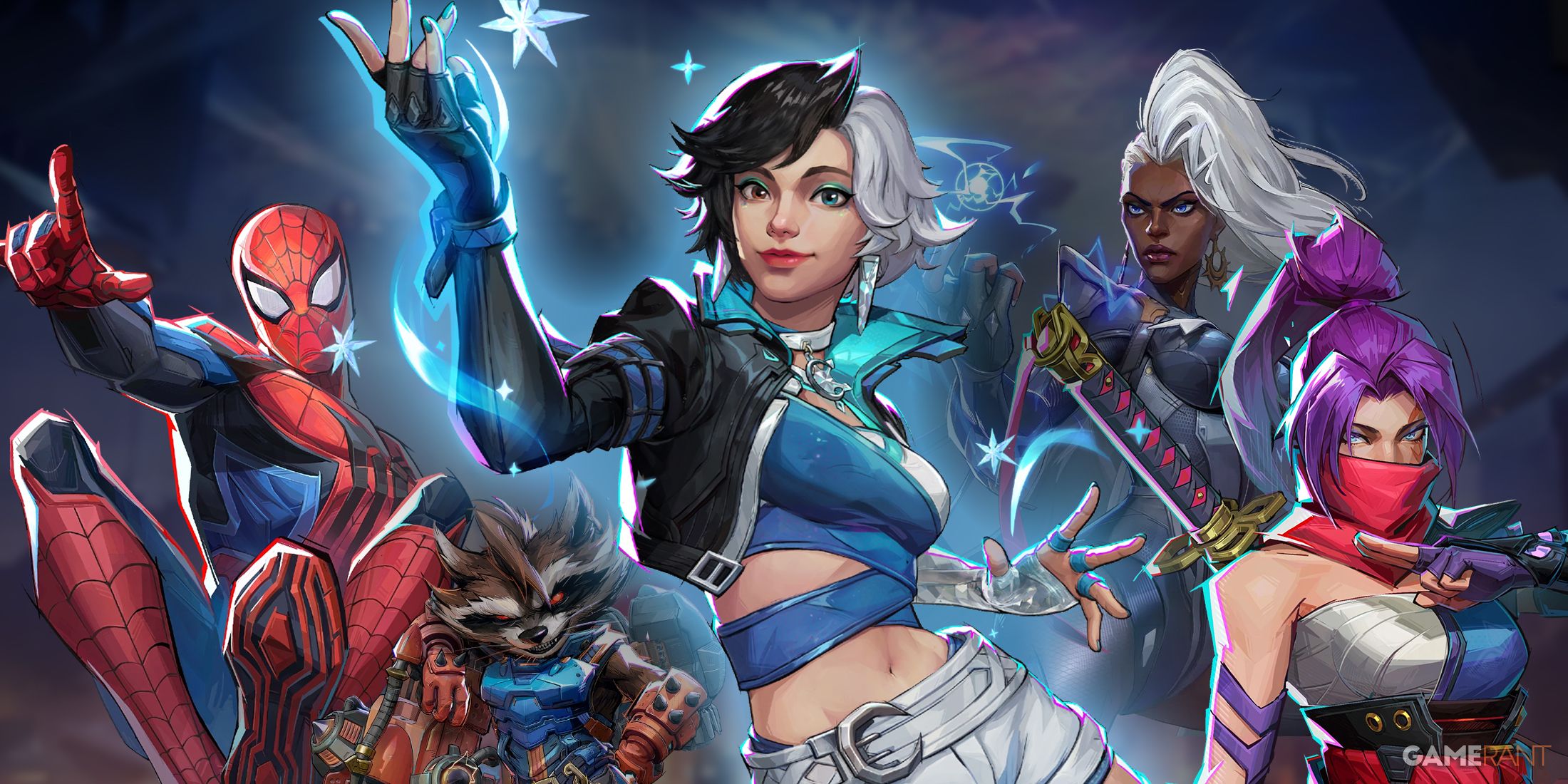 In the highly competitive world of hero shooters, every decision is scrutinized, and Marvel Rivals, a game that has seen a meteoric rise to a 40 million-player base, is no exception. While the game has been praised for its fast-paced gameplay and vibrant roster, it has also faced a familiar and fierce backlash over a specific monetization decision: the controversial pricing of its cosmetic items. With premium skins often priced at a premium, a vocal segment of the community has accused developer NetEase of being “greedy.” However, when you step back and look at the bigger picture, it’s easier than you might think to play devil’s advocate for this model. The truth is, for a free-to-play live-service game like Marvel Rivals, this monetization strategy is not just about profit; it’s a necessary, and perhaps even a generous, approach to ensuring the game’s long-term sustainability and quality.
In the highly competitive world of hero shooters, every decision is scrutinized, and Marvel Rivals, a game that has seen a meteoric rise to a 40 million-player base, is no exception. While the game has been praised for its fast-paced gameplay and vibrant roster, it has also faced a familiar and fierce backlash over a specific monetization decision: the controversial pricing of its cosmetic items. With premium skins often priced at a premium, a vocal segment of the community has accused developer NetEase of being “greedy.” However, when you step back and look at the bigger picture, it’s easier than you might think to play devil’s advocate for this model. The truth is, for a free-to-play live-service game like Marvel Rivals, this monetization strategy is not just about profit; it’s a necessary, and perhaps even a generous, approach to ensuring the game’s long-term sustainability and quality.
The Free-to-Play Promise and its Hidden Costs
The core of the issue lies in the game’s business model. Marvel Rivals is a free-to-play title. This means that every single character, map, and gameplay mechanic is available to every player from the moment they download the game. There are no pay-to-win elements, no loot boxes, and no grinding to unlock core gameplay features. The developers have made a clear commitment to a fair and balanced competitive experience. However, a game of this scale, with a development team that is constantly creating new heroes, maps, and events on a bi-monthly cycle, is incredibly expensive to run. The development, server maintenance, and marketing costs are astronomical. So, if everything that affects gameplay is free, where does the money come from?
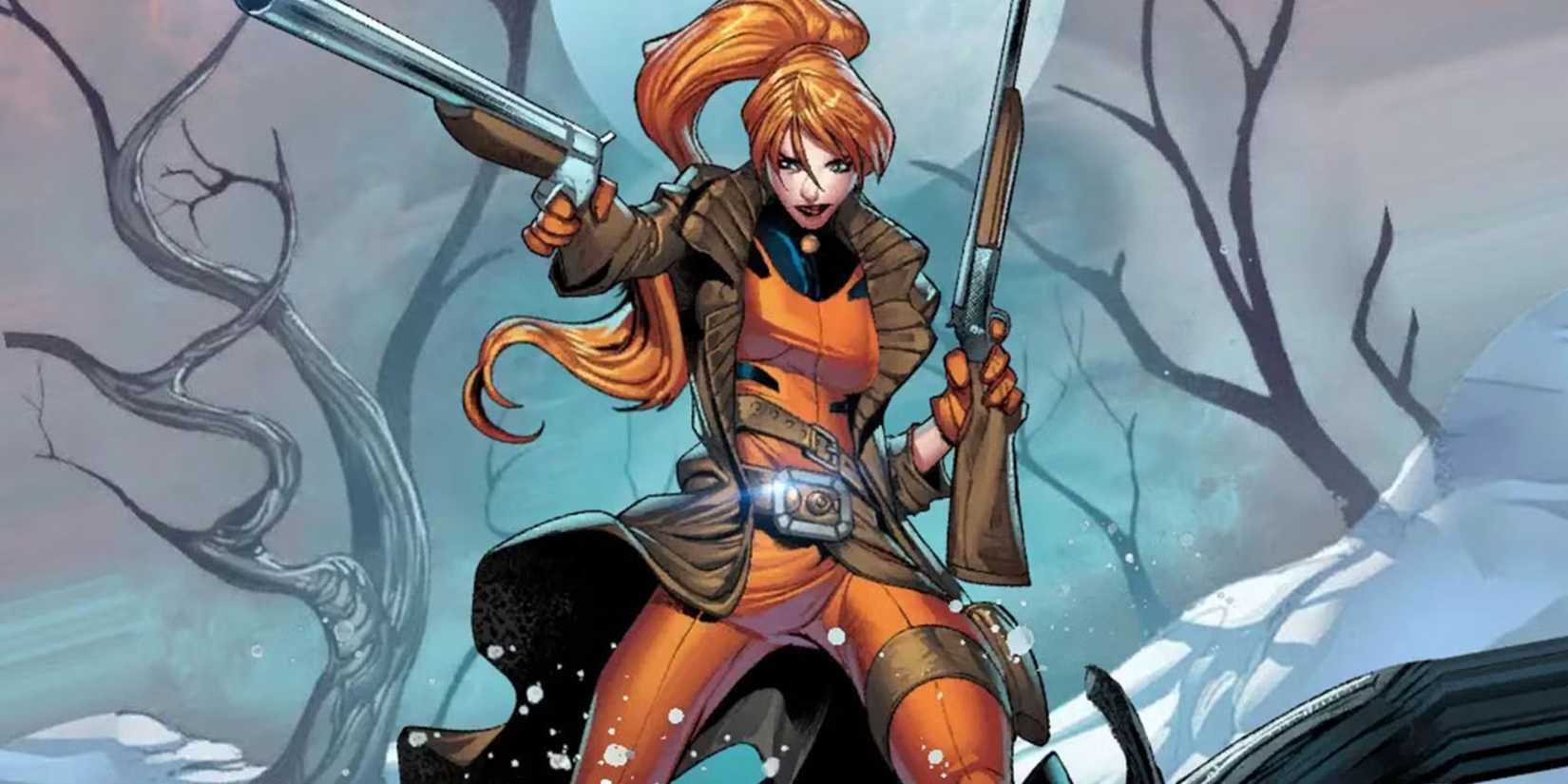 The answer is the in-game store, and specifically, the cosmetic items. Players who are passionate about the game and want to support its continued development are the ones who purchase these optional skins, emotes, and battle passes. In this model, the “whales”—the small percentage of players who spend large amounts of money on cosmetics—are the ones who subsidize the game for the rest of the player base. Without their investment, the game simply could not exist in its current form. It’s a trade-off: a high price on cosmetics for a completely free and fair gameplay experience.
The answer is the in-game store, and specifically, the cosmetic items. Players who are passionate about the game and want to support its continued development are the ones who purchase these optional skins, emotes, and battle passes. In this model, the “whales”—the small percentage of players who spend large amounts of money on cosmetics—are the ones who subsidize the game for the rest of the player base. Without their investment, the game simply could not exist in its current form. It’s a trade-off: a high price on cosmetics for a completely free and fair gameplay experience.
A Sustainable Model for a Dynamic Game
The alternative to this model would be a buy-to-play game with a higher initial price tag, similar to a traditional AAA release. This would be a major barrier to entry for many potential players, and it would severely limit the game’s ability to grow its community. A buy-to-play model would also put immense pressure on the developers to release a “perfect” game at launch, as they would be unable to rely on a consistent revenue stream from ongoing cosmetic sales. The free-to-play model, supported by cosmetic sales, allows the team to continuously update the game, add new content, and make balance changes based on player feedback. This dynamic, ever-evolving nature is what keeps players coming back, and it is directly funded by the monetization model. The fact that the battle passes do not expire and premium currency can be earned in-game is a sign of generosity, not greed.
Compared to the Competition: A Fair Bargain
When you compare Marvel Rivals‘ monetization to its direct competitors, the model holds up remarkably well. Games like Overwatch 2 and Valorant also rely on cosmetic sales and battle passes, and their prices for premium items are often comparable. However, Marvel Rivals‘s commitment to a completely free hero roster is a significant advantage. In other games, new characters are often locked behind a battle pass, a time-gated grind, or a premium currency. In Marvel Rivals, a new character like Blade, a fan favorite, is immediately available to every single player. This is a crucial distinction that often gets lost in the conversation about skin prices. The developers are not monetizing power; they are monetizing passion and fandom.
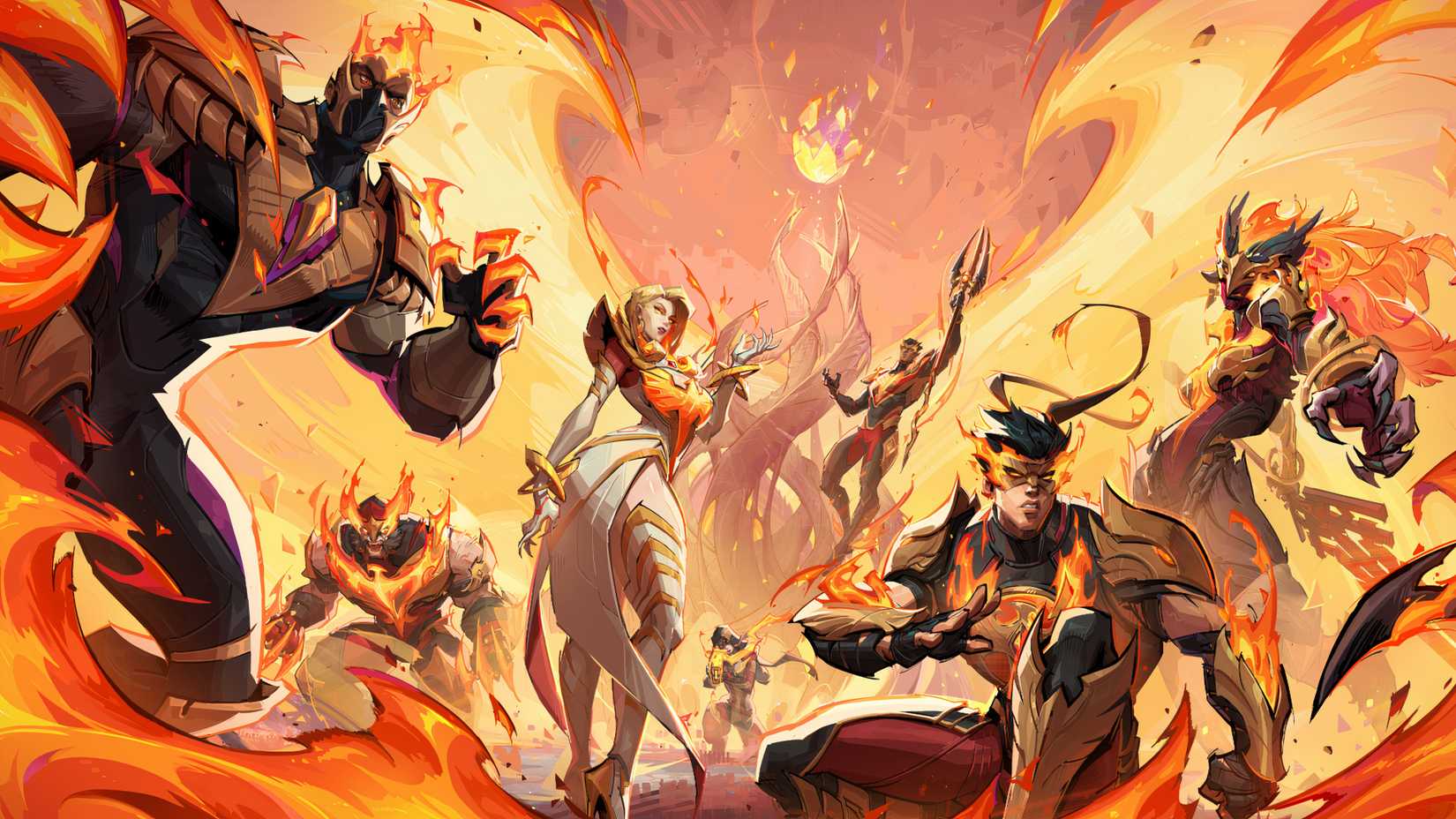 The recent announcement that NetEase has been granted permission to create original heroes for the game, a decision that has also been met with some backlash, is another example of this long-term vision. While some fans feel that the existing roster of Marvel heroes should be exhausted first, the ability to create original characters gives the developers even more creative freedom and a new avenue for a unique identity. This is a move that, like the monetization, is ultimately about ensuring the game’s long-term health and ability to stand out in a crowded market. It’s a risk, but it’s a necessary one. So, while the outrage over skin prices is understandable, it’s a small price to pay for a game that gives so much for free and is clearly committed to a bright and sustainable future.
The recent announcement that NetEase has been granted permission to create original heroes for the game, a decision that has also been met with some backlash, is another example of this long-term vision. While some fans feel that the existing roster of Marvel heroes should be exhausted first, the ability to create original characters gives the developers even more creative freedom and a new avenue for a unique identity. This is a move that, like the monetization, is ultimately about ensuring the game’s long-term health and ability to stand out in a crowded market. It’s a risk, but it’s a necessary one. So, while the outrage over skin prices is understandable, it’s a small price to pay for a game that gives so much for free and is clearly committed to a bright and sustainable future.




